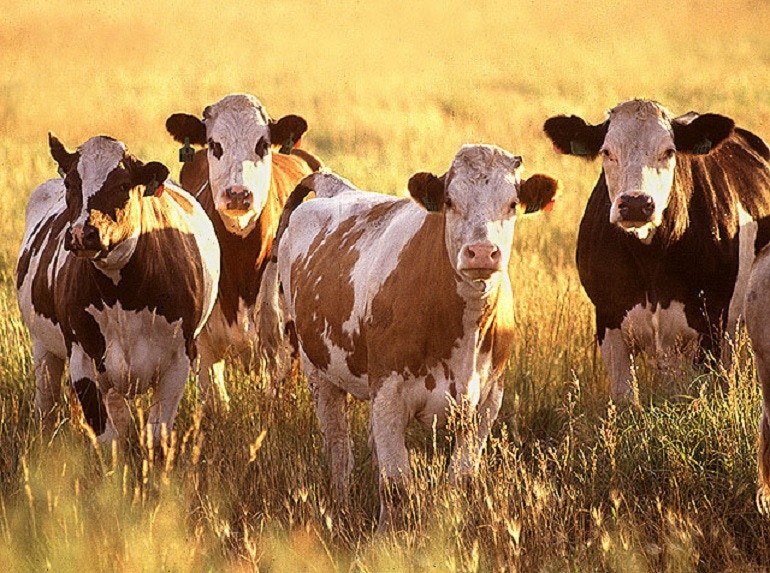
Since death is required of all life, I reckon practitioners of biological farming/ranching need to learn a good bit about death and disease.
Disease is not a big part of the natural model, but it is rather common in our business. Disease is the “trouble” produced when a part or organ system becomes less than optimally functional, mostly concerning vital organs and the impairment of performance. Disease is not a necessary part the aging process but can and often does bring on death or premature economic production failure.
Herd health is phrase that has been misused and abused to the point of having little if any meaning. I will define herd health as the planning and execution of the biology, husbandry, nutrition, chemistry, and diseases affecting productivity of a beef production system, with emphasis on the limiting of significant production and profitability losses.
Not everything affecting ranch profitability has to do with herd health and positive biological land practices. It might be good to list in review the major factors that contribute to ranch profitability:
Mindset/attitude
Growing large amounts of more climax, warm-season forages
Increases of soil health, with highly functional water, mineral, energy, and environmental cycles
Efficient cattle that fit their environment, and controlled grazing in high densities
Grazing the year around
Elimination of toys and most equipment
Labor efficiency and strategic use of contract labor
Stockmanship
Extremely low-cost production
Good marketing plans and decisions
Elimination of drought devastation
Elimination of hay making and feeding
Forming positive human relationships
It is worth repeating that most herd health problems are caused by management decisions that we or our predecessors made. Many of these practices had a point in time where they were economically feasible.
For example, prior to the technology of low-impedance fence chargers, poly-wire, step-in posts, and lightweight inexpensive reels, high-density grazing on a consistent basis was not likely profitable in North America. Hay making may have been profitable in the 1940s through 1960s and much of the 1970s.
Times have changed. A couple of hundred dollars worth of portable fencing has made it possible to replace hundreds of thousands of dollars in hay making and feeding. The biology of our systems and the health increases of our herds can now go forward.
My 50-year quest involving herd health eventually took me to the soil. The soil took me to life. Biology is the study of life. High degrees of diversity of soil life is profitable and can be very profitable.
When we design herd health programs that are planned and instituted and result in long term success they will be built around the biology (life) of the ecosystem where we are located. Then our job will be to tweak the components of the life in their entirety not to attempt to reduce the dynamics but allow them to wholly flex.
Remember we are taking to market the excess production that our system can quickly remake. Successful herd health operates and functions under this premise.
About the Author(s)
You May Also Like






